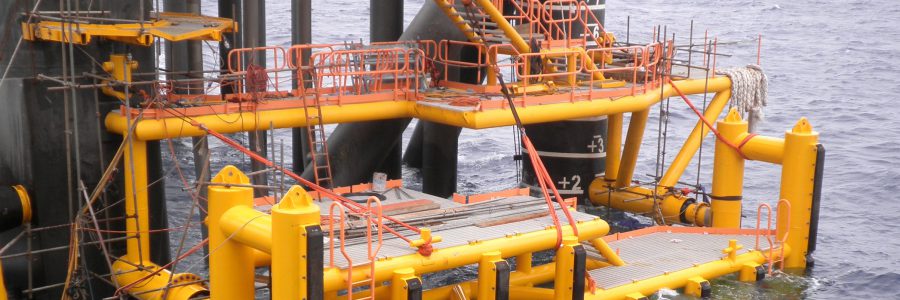
Boat Landing Systems
The selection of the right products for use on an offshore platform is vital – something that should remain a priority throughout the platform’s life, not just at the beginning design and planning stages. Otherwise the risk of failure and downtime can be significant. Similarly, if the best solutions are specified but not properly maintained during their lifecycle, the same risks can occur.
Boat landing systems (BLS) play the important role of protecting the platform and vessels when they are berthing, while resisting the corrosive elements at sea and operating in even the most severe weather. Therefore it’s imperative that they’re always performing. Here, we discuss the benefits of working directly with a BLS manufacturer to get the most value and safety out of your maintenance schedule.
Fending off downtime
Without a functioning BLS, vessel docking can cause major damage to the platform and the vessel’s structural integrity, resulting in huge costs and significant downtime – both of which simply aren’t an option for high value and remotely located offshore projects.
As a result, it’s critical that BLS have very low failure rates and minimal inspection requirements. However, to achieve this they need to be carefully designed and manufactured using the right materials. After manufacture, BLS must be subjected to rigorous materials and full-scale testing to make absolutely sure these mission critical components protect offshore platforms successfully over a long and demanding service life.
However, to ensure they consistently meet working demands and environmental conditions over their lifetime, they need to be maintained correctly.
Minimizing maintenance
Operators and contractors can reduce the degradation risks associated with boat landing systems by working directly with an experienced product manufacturer. Specifically, a leading manufacturer that offers maintenance surveys as an added service to ensure peace of mind that BLS in situ are reliable, tailored to the demands their likely to face and perform for the long-term.
With that said, it is critical that maintenance surveys comprise stringent checks for:
- Cracks on the rubber surface
- Rubber and pipe de-bonding
- Permanent deformation of rubber in rotation
- Serious corrosion on metal material
Maintenance from the manufacturer
From best practice design, manufacture and testing, to full in life support, leading manufacturers can help to establish and implement a best practice maintenance regime. With an expert knowledge of BLS, they can offer unrivalled understanding and expertise about the product, ensuring that extra eye for detail, ideal during maintenance surveys.
For more information on how good maintenance practices can benefit your topside, download Trelleborg’s ‘Boat Landing Systems: Maintenance Service’ brochure: http://trelleborg.tecs1.com/boatlandingsystems




